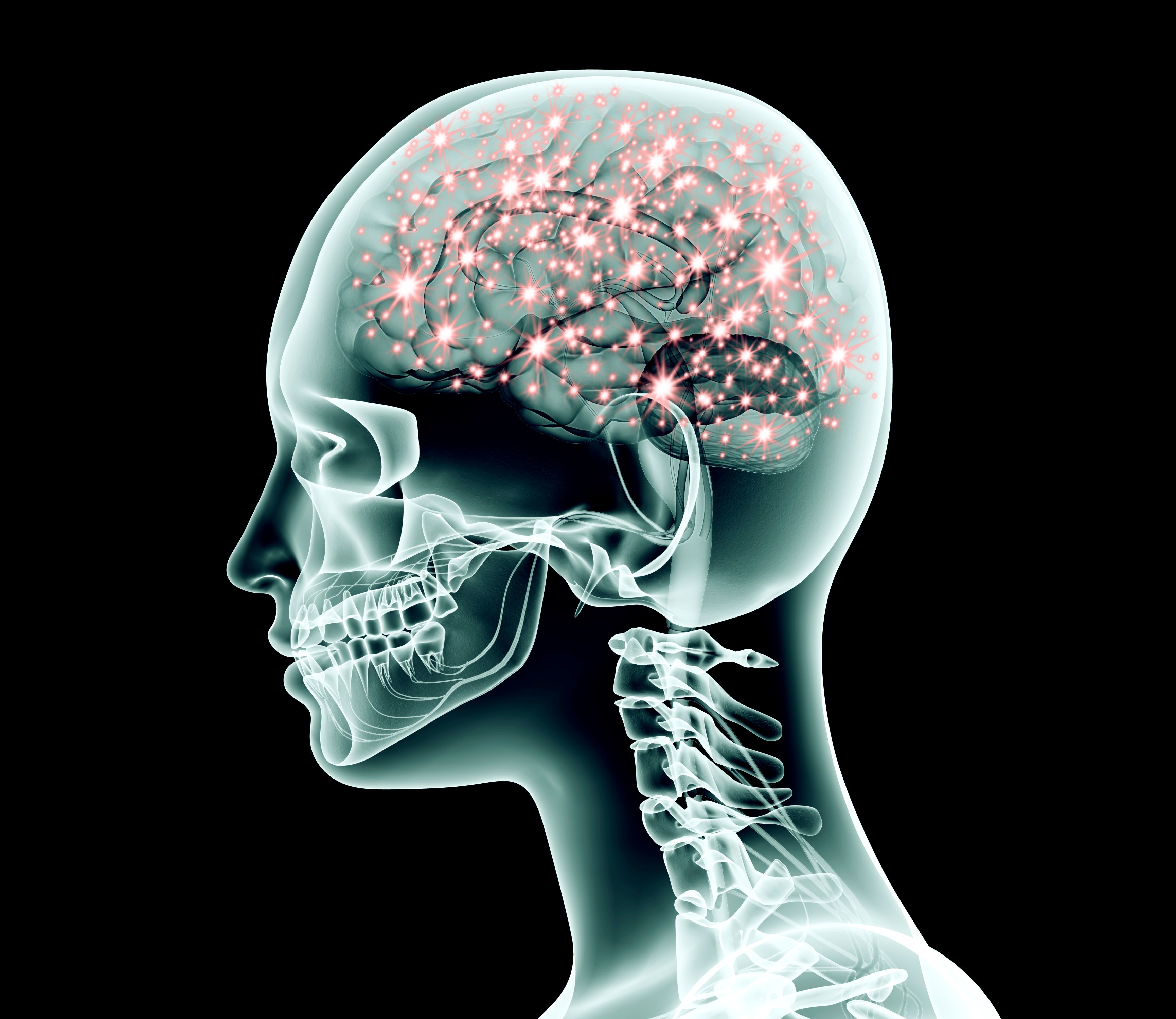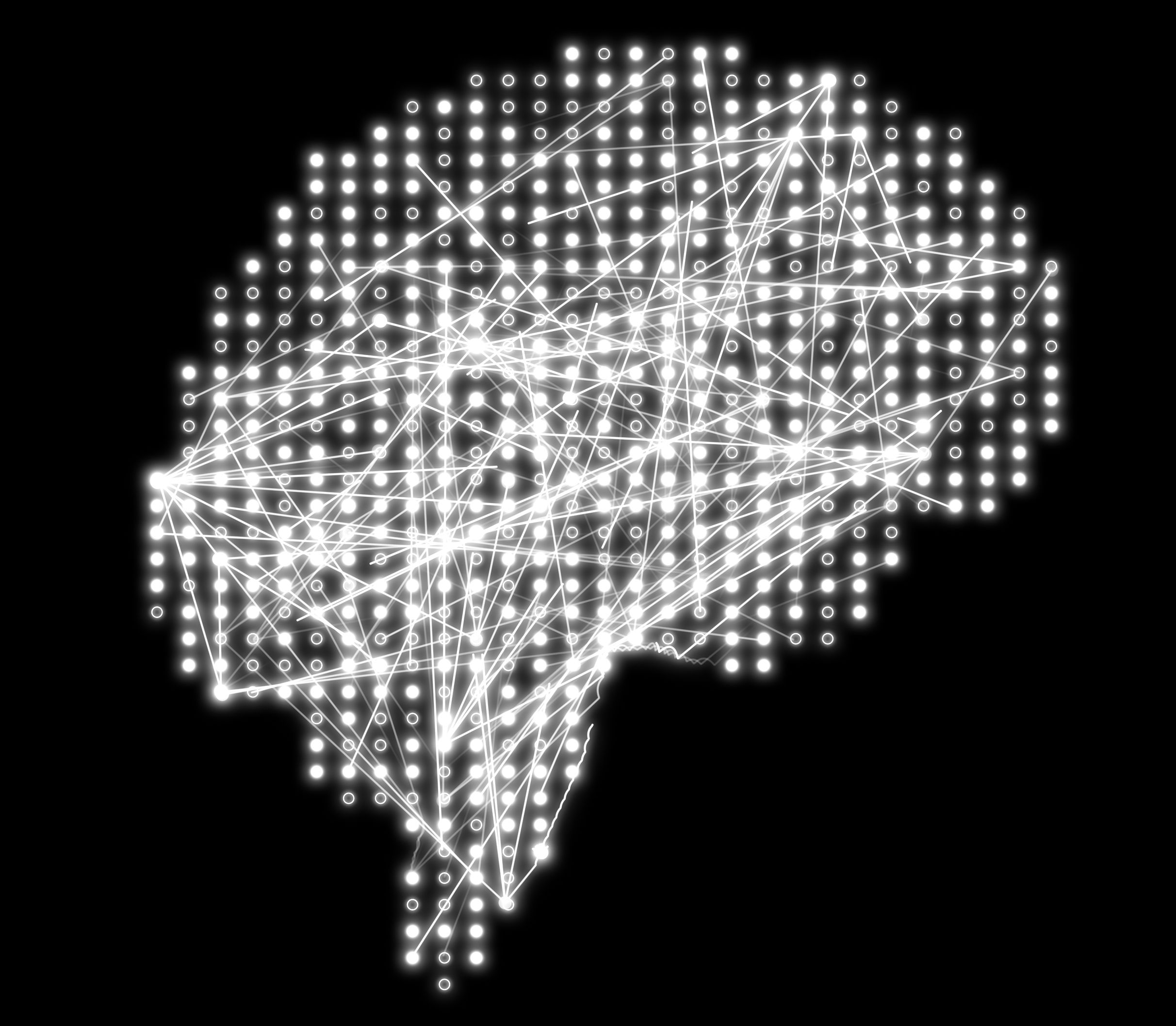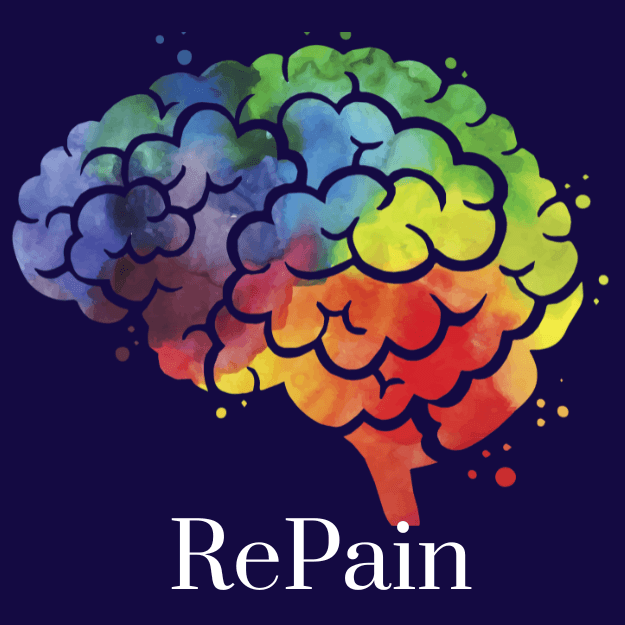Understanding the Connection Between the Brain and Pain
The Intricate Dance Between Brain and Pain
Understanding how the brain processes pain is crucial to comprehending not only the experience itself but also how it can be managed or alleviated. Pain is not just a physical sensation but a complex interplay of various factors that involve both the mind and the body. This blog post delves into the fascinating connection between the brain and pain, offering insights into how this relationship influences our perception and response to discomfort.

What is Pain?
Pain is an unpleasant sensory and emotional experience associated with actual or potential tissue damage. It acts as a warning system, alerting us to injury or illness. However, pain is not just a straightforward signal sent from the body to the brain. Instead, it involves a complex communication network within the nervous system. This network includes specialized nerve cells called nociceptors that detect harmful stimuli and send signals to the brain for interpretation.
The Role of the Brain in Processing Pain
The brain plays a pivotal role in processing and interpreting pain signals. When nociceptors send messages to the brain, it assesses the severity, location, and nature of the pain. This information is processed in various regions of the brain, including the thalamus, which acts as a relay station, and the cerebral cortex, where the perception of pain is fully formed.

Interestingly, the same neural pathways that are involved in pain perception are also connected to those that regulate emotions. This is why pain often has an emotional component. The limbic system, which governs emotions, can amplify or dampen pain signals based on our psychological state.
Chronic Pain: A Persistent Puzzle
Chronic pain persists beyond the normal healing time, often without a clear cause. In such cases, the brain's role in pain becomes even more critical. The brain can become hypersensitive to pain signals, interpreting non-threatening stimuli as painful. This phenomenon is known as central sensitization, where repeated exposure to pain can lead to increased sensitivity and discomfort.

Moreover, stress and anxiety can exacerbate chronic pain by heightening our sensitivity to it. This creates a vicious cycle where pain leads to stress, which in turn intensifies the perception of pain. Understanding this link is vital for developing effective treatment strategies for chronic pain sufferers.
Managing Pain Through Brain-Targeted Therapies
Given the brain's central role in pain perception, therapies targeting neural pathways have shown promise in managing pain. Cognitive-behavioral therapy (CBT) is one such approach that helps individuals reframe their thoughts about pain and develop coping strategies. Mindfulness and meditation practices also offer relief by promoting relaxation and reducing stress-related exacerbation of pain.
Additionally, advancements in neuroimaging have opened avenues for developing personalized pain management plans. By understanding how an individual's brain responds to pain, healthcare providers can tailor interventions that are more effective and precise.
The Future of Pain Research
The connection between the brain and pain is an ever-evolving field of study. Researchers continue to explore new ways to understand and manipulate this relationship to improve pain management strategies. Innovative approaches like virtual reality therapy and neuromodulation techniques are being investigated for their potential to alter pain perception directly at the source.

Ultimately, unraveling the complexities of how the brain processes pain holds promise for revolutionizing how we treat not only acute and chronic pain but also enhance overall well-being. As our understanding grows, so does our ability to help individuals lead more comfortable and fulfilling lives despite their experiences with pain.
